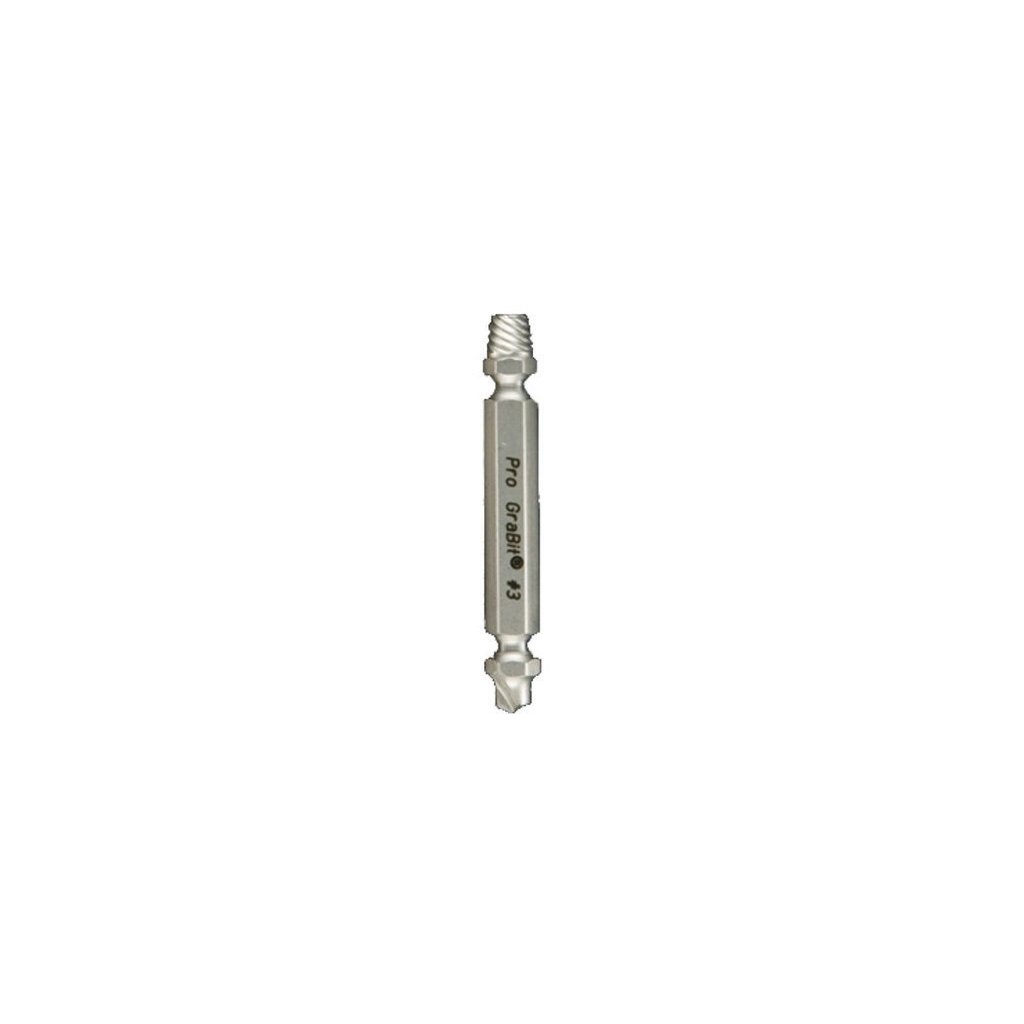
But the first time around, the grabbing end's single tooth, similar to the protrusion on a Forstner bit, had an easier time biting into whatever mangled facets remained. We retested the right way after a closer inspection of the instructions. Take the hinge leaves and the stripped deck screws. But the funny thing is, the tool worked better when we had it backwards.


The cutter carves a hole, you flip it around, and the extractor digs up the fastener. The GRABIT and Drill-Out are two-sided, with a cutting head on one end and an extracting head on the other. In the interest of full disclosure, we must confess that in our first tests, we mixed up the two ends of the tool. Play icon The triangle icon that indicates to play The Details: These tools went one for four-doesn't sound great, but when you're stuck with a fastener that's impossible to remove, getting even one out of there is better than nothing. To be fair, there's no easy way to deal with a flush-driven stripped screw. Removing new steel screws from hinge leaves, pulling broken, rusted bolts from a lawnmower, extracting stripped galvanized screws from a screen door, and attempting to yank stripped decking screws from weather-beaten, pressure-treated lumber. "If you can use a drill, you can use a GRABIT." The Test: The Drill-Out does the same for broken bolts. Flip the tool around, drive it in reverse, and the extracting head bites the cone to remove the screw. Drill out the damaged area with a cone-shaped cutting end to form a divot.

Well, not anymore!" The GRABIT damaged screw and bolt remover extracts problem fasteners in 10 seconds. "If you've ever stripped a screw or broken off the head of a bolt, you know how frustrating that can be.


 0 kommentar(er)
0 kommentar(er)
